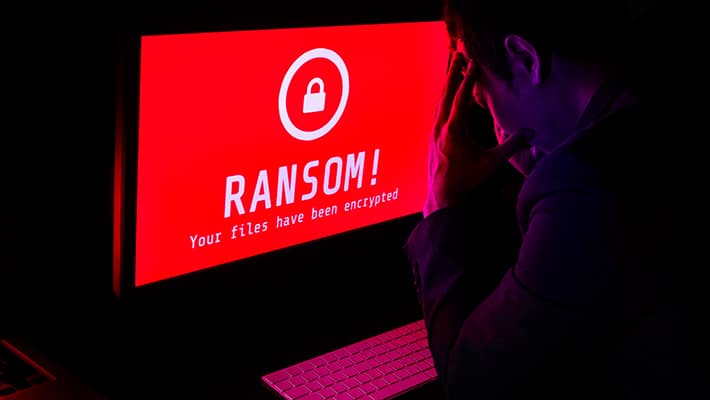In the ever-evolving landscape of cybersecurity threats, ransomware stands out as one of the most destructive and financially crippling forms of attack. Ransomware attacks involve malicious actors encrypting your valuable business data and demanding a hefty ransom for its release.
These attacks can bring your operations to a screeching halt, disrupt your business continuity, and severely damage your reputation. This blog delves into practical strategies to prevent ransomware attacks and safeguard your business data from this pervasive threat.
Educate and Train Your Employees
Ransomware attacks often start with a simple phishing email. You can thwart many potential ransomware entry points by educating your employees about how to identify suspicious emails, attachments, and links.
- Implement Robust Endpoint Security
Invest in advanced endpoint security solutions that include real-time threat detection, behavior-based analysis, and AI-driven algorithms. These tools can identify and block ransomware attempts before they can execute.
- Regularly Update and Patch Software
Ensure your operating systems and software applications have the latest security patches to avoid ransomware attacks that exploit vulnerabilities in outdated software.
- Backup Your Data Frequently
Frequent and reliable data backups are your lifeline in the event of a ransomware attack. Ensure backups are stored in an isolated location and routinely test the restoration process to ensure data integrity.
- Apply the Principle of Least Privilege
Minimize potential damage from ransomware by limiting user access to necessary data and systems based on their roles.
- Deploy Email Filtering and Anti-Spam Solutions
Implement robust email filtering solutions that automatically identify and block suspicious emails containing malicious attachments or links.
- Use Network Segmentation
Segment your network to prevent the lateral movement of ransomware within your systems. This containment strategy restricts the spread of an attack, reducing its impact.
- Enable Multi-Factor Authentication (MFA)
MFA enhances security by requiring additional verification beyond passwords, preventing unauthorized access even if passwords are compromised.
- Conduct Regular Security Audits
Regularly assess your IT infrastructure’s security posture through audits and vulnerability assessments. Identifying and addressing weaknesses can proactively reduce your ransomware risk.
- Create a Comprehensive Incident Response Plan
It is essential to have a clearly defined incident response plan that includes communication, recovery, and coordination with law enforcement in case of a ransomware attack.
By taking a proactive stance against ransomware, you’re protecting your business data and safeguarding your operations, reputation, and the trust of your customers. These strategies can help fortify your defenses against ransomware attacks and ensure that your business remains resilient in the face of this critical threat. Remember, prevention is the best defense against ransomware – invest in cybersecurity measures today to secure your business’s future.
